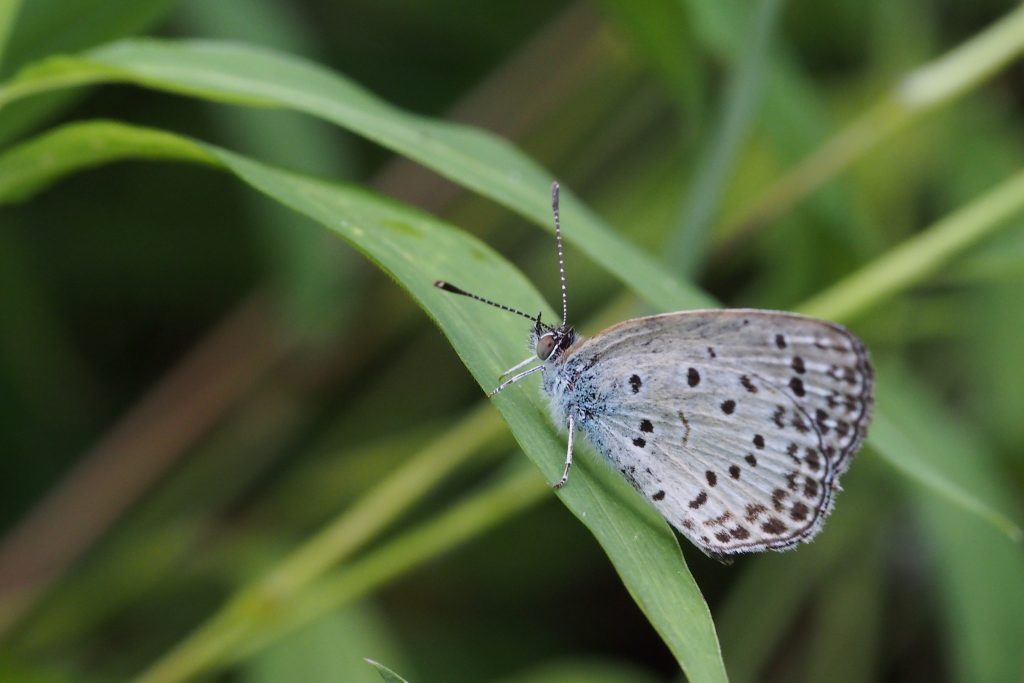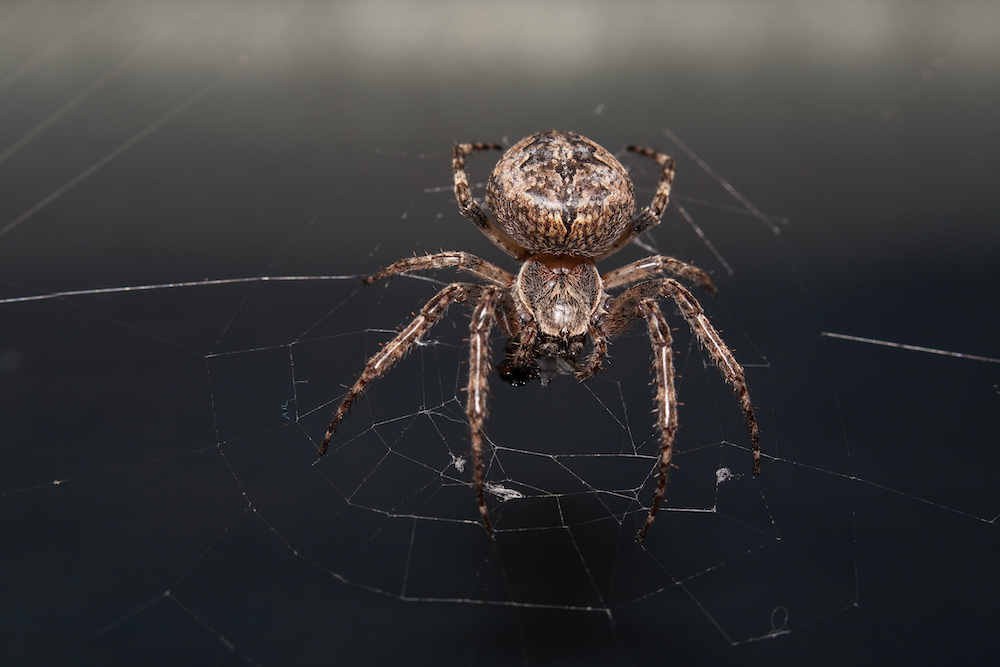The physics of Spider-Man featured in the fourth workshop of my Irish school-based project ‘Exploring the Physics of Superheroes’.

As a superhero fan, if you hear the name ‘Peter Parker’, it’s likely that you associate the name with two superhero facts – Parker is Spider-Man and Parker got his powers after he was bitten by a radioactive spider.
The possibility of getting the powers of Spider-Man is something that appeals to many. Imagine being able to climb walls and ceilings, having super-strength, or the ‘spidey-sense’ (Also known as the Peter Tingle in the Marvel Cinematic Universe). For any of this to happen, you’ll need to find yourself a radioactive spider that contains a radioactive venom that doesn’t kill you, and instead changes your DNA such that you have spider-like abilities. It’s a tall ask for scientists and Nature to work together towards fulfilling this spidey-goal. So, could a radioactive spider with the ability to give you superpowers exist?
I’m going to cut to the chase on this – there are no radioactive spiders out there that could give you superpowers. And even if you were bitten by a spider that had consumed or being exposed to radioactive materials, the amount of radioactive materials in the venom would be too small to instigate massive genetic changes in the cells of your body.
Nevertheless, there are examples of radioactive insects out there, and as you’ll learn, being exposed to radioactive materials is no fun. Here’s two examples from the insect world.

Cannibal Ants Trapped in a Nuclear Bunker
Back on 2013, a trapped colony of ants was discovered in an old Soviet bunker in western Poland. The bunker in question had been used to store nuclear weapons, which means that the bunker itself would have absorbed amounts of radioactive materials over the years.
The ants in question found themselves trapped in the bunker because they had built their original colony on top of the bunker. Over time some of them had fallen into the bunker through a small pipe. As a result, they found themselves trapped in the bunker without access to food.
Faced with such an unprecedented situation, many of the ants in the bunker opted to eat the corpses of their fallen comrades to survive being trapped in the bunker. They even ate some of their fellow imprisoned nestmates too. In nature, unusual solutions are often needed to overcome unusual situations.
The scientists who discovered the ants though decided to intervene and help the ants to escape the bunker. They installed a ‘boardwalk’ in the bunker to help the ants access the pipe opening to escape the bunker. In other words, they put a plank of wood in the bunker in the hope that ants would use the plank to escape from the bunker. In the end, many of the ants did use the plank of food to escape and return to their colony of origin. And while many of them spent years living in a bunker exposed to radioactive substances, they didn’t leave the bunker with dangerous amounts of radioactive material in their bodies ready to turn someone into an Ant-Person if they decided to bite someone.

The Case of the Fukushima Butterflies
Falling into a mildly radioactive bunker and being trapped in there for years doesn’t sound very appealing to any species, but having your habitat exposed to dangerous amounts of radioactive substances is much worse.
This is what started to happen on March 11th 2011 when a nuclear accident occurred at the Fukushima Daiichi Nuclear Power Plant in Ōkuma, Fukushima, Japan. Within a matter of days, radioactive caesium and iodine were released into the area around the plant. While humans were evacuated from the areas around the plant, the same could not be done for the plants and animals living in the vicinity of the plant.
Many animal species were instantly exposed to dangerous amounts of radioactive materials, and over the weeks, months, and years, the same species also started to consume plants that had been exposed to the same materials. In other words, their food became radioactive, and the consequences have been concerning.
One species of butterfly – the pale grass blue butterfly, which is one of Japan’s most common species of butterflies – has felt the ill-effects of the accident in region.
In a paper published in the journal Scientific Reports in 2012, researchers demonstrated that the accident and the release of the radioactive materials into the habitat of the butterfly led to significant genetic mutations. Butterflies displayed a range of abnormalities such as abnormally shaped wings, deformed eyes, and issues with limbs. So, rather than giving the butterflies super-butterfly ability, the exposures negatively affected their physiology and as a result, their ability to function in their habitat.
Forget the Radioactive Spider
If you are someone harbouring dreams of becoming a Spider-Man-like individual in the near future through the use of radioactive materials, my advice to you is to end those dreams as soon as possible.
The stories of the ants in Poland and the butterflies in Japan show that animals and radioactive materials do not get on very well when they meet each other head-on – whether it’s trapping a species in a nuclear prison for years or polluting and mutating future generations of a species.
So, be warned – don’t go in search of a radioactive spider. Even if you did find one, the radioactive materials in their venom wouldn’t change you into a Spider-Person. And in searching for the species, you stand the chance of exposing yourself to dangerous, life-threatening amounts of radiation.
References
Read the full paper on the ants escaping the Soviet nuclear weapons bunker here.
About ‘Exploring the Physics of Superheroes’
‘Exploring the Physics of Superheroes’ is a new outreach project which allows students to experience the excitement of superheroes whilst learning about the physics that make such stories possible. The project is managed by Midlands Science and delivered by physicist Dr. Barry Fitzgerald (BW Science and The Superhero Scientist), who has done extensive research in this area. The project is supported by the Institute of Physics, whose Limit Less campaign aims to support young people to change the world by doing physics.

